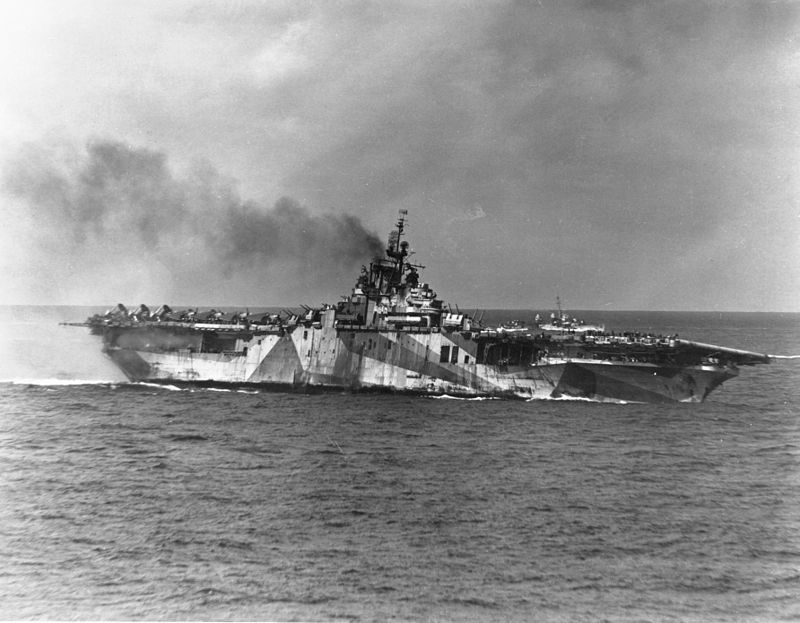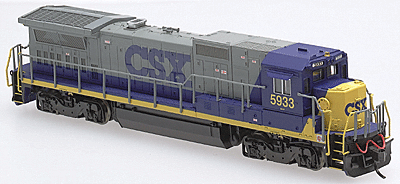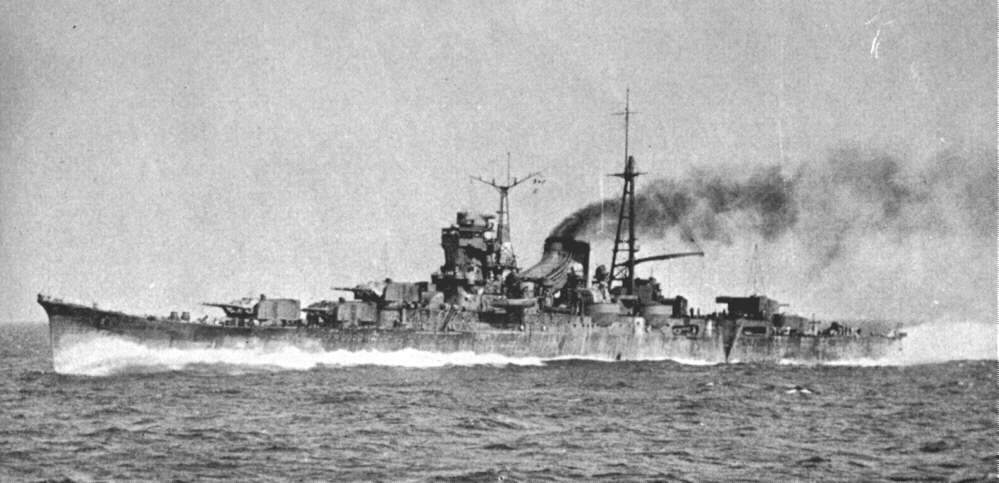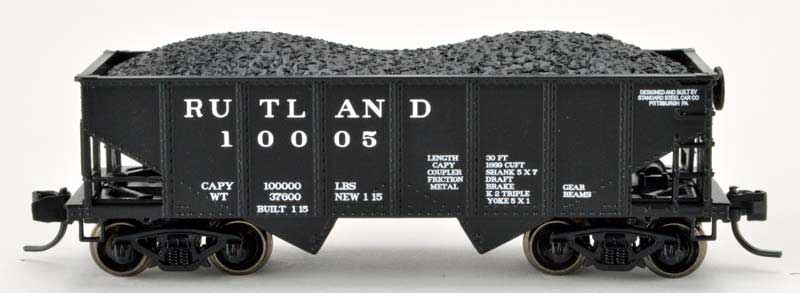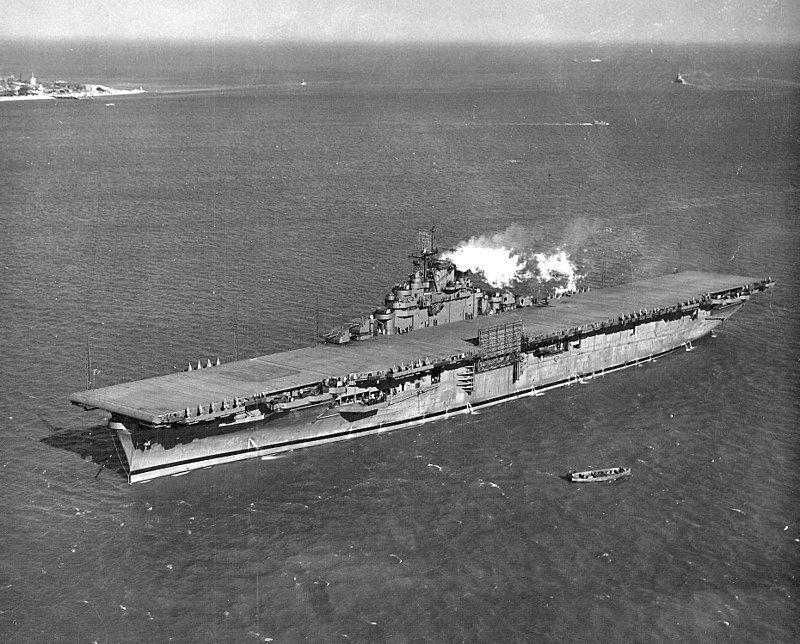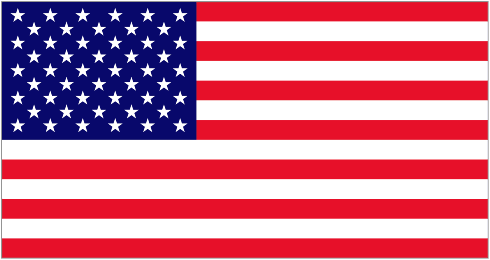USS Ticonderoga (CV-14)
| Name | USS Ticonderoga (CV-14) |
| Nationality | United States (Details) |
| Pennant/Designation | CV-14 |
| Period | World War II |
| Type | Carrier |
| Warship Class | Essex (Details) |
| Year Launched | 1944 |
| Year Commisioned | 1944 |
| Last Year Active | 1973 |
| Status | Scrapped |
| Source of Text | Wikipedia |
| Credit Link | Link |
History:
USS Ticonderoga (CV/CVA/CVS-14) was one of 24 Essex-class aircraft carriers built during World War II for the United States Navy. The ship was the fourth US Navy ship to bear the name, and was named after the capture of Fort Ticonderoga in the American Revolutionary War. Ticonderoga was commissioned in May 1944, and served in several campaigns in the Pacific Theater of Operations, earning five battle stars. Decommissioned shortly after the end of the war, she was modernized and recommissioned in the early 1950s as an attack carrier (CVA), and then eventually became an antisubmarine carrier (CVS). She was recommissioned too late to participate in the Korean War, but was very active in the Vietnam War, earning three Navy Unit Commendations, one Meritorious Unit Commendation, and 12 battle stars.
Ticonderoga differed somewhat from the earlier Essex-class ships in that she was 16 ft (4.9 m) longer to accommodate bow-mounted anti-aircraft guns. Most subsequent Essex-class carriers were completed to this "long-hull" design and were apparently referred to as the Ticonderoga class.[1] At the end of her career, after a number of modifications, she was said to be in the Hancock class according to the Naval vessel register.
Ticonderoga differed somewhat from the earlier Essex-class ships in that she was 16 ft (4.9 m) longer to accommodate bow-mounted anti-aircraft guns. Most subsequent Essex-class carriers were completed to this "long-hull" design and were apparently referred to as the Ticonderoga class.[1] At the end of her career, after a number of modifications, she was said to be in the Hancock class according to the Naval vessel register.
Class:
The Essex class was a class of aircraft carriers of the United States Navy that constituted the 20th century's most numerous class of capital ships. The class consisted of 24 vessels, which came in both "short-hull" and "long-hull" versions. Thirty-two ships were originally ordered; however as World War II wound down, six were canceled before construction, and two were canceled after construction had begun. No Essex-class ships were lost to enemy action, despite several vessels sustaining very heavy damage. The Essex-class carriers were the backbone of the U.S. Navy's combat strength during World War II from mid-1943 on, and, along with the addition of the three Midway class carriers just after the war, continued to be the heart of U.S. Naval strength until the supercarriers began to come into the fleet in numbers during the 1960s and 1970s.
Nationality:
The U.S. is a country of 50 states covering a vast swath of North America, with Alaska in the northwest and Hawaii extending the nation’s presence into the Pacific Ocean. Major Atlantic Coast cities are New York, a global finance and culture center, and capital Washington, DC. Midwestern metropolis Chicago is known for influential architecture and on the west coast, Los Angeles' Hollywood is famed for filmmaking.
Item created by: gdm
on 2019-08-17 07:44:41
If you see errors or missing data in this entry, please feel free to log in and edit it. Anyone with a Gmail account can log in instantly.
If you see errors or missing data in this entry, please feel free to log in and edit it. Anyone with a Gmail account can log in instantly.


